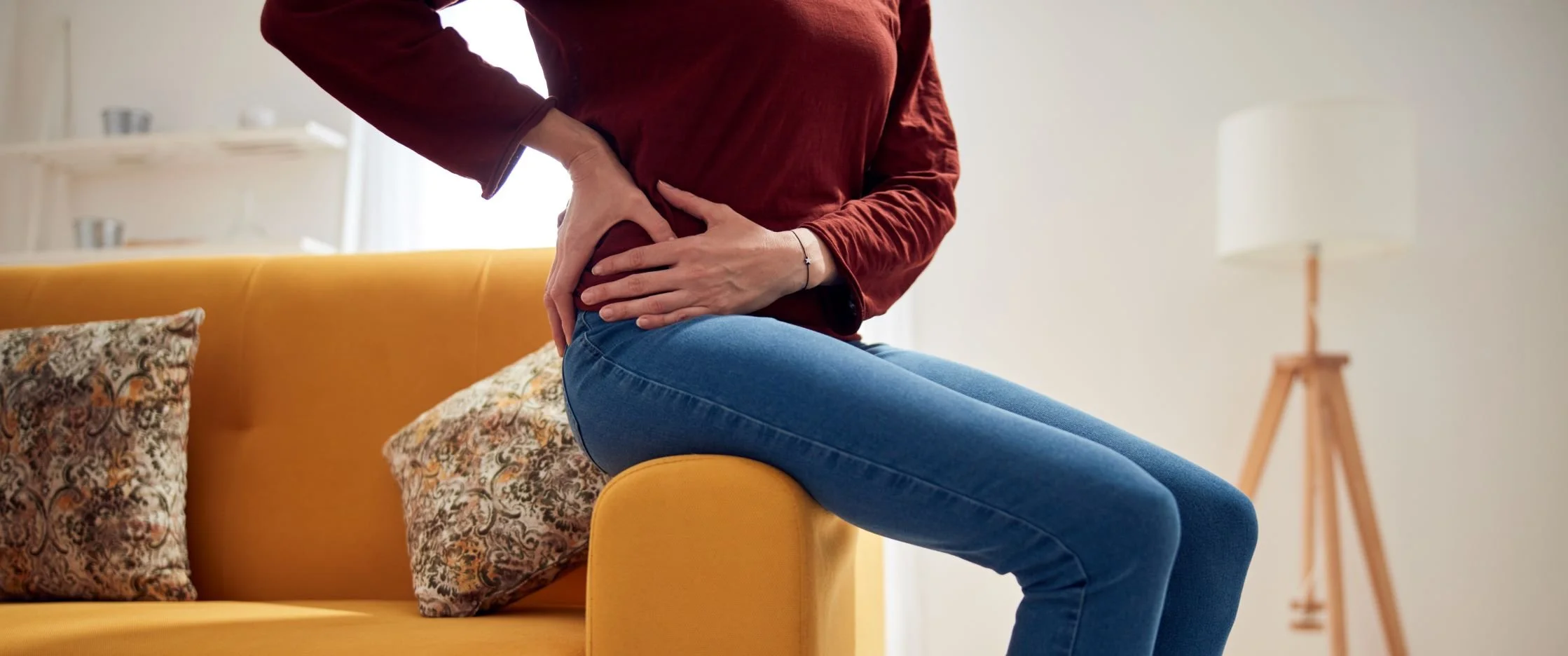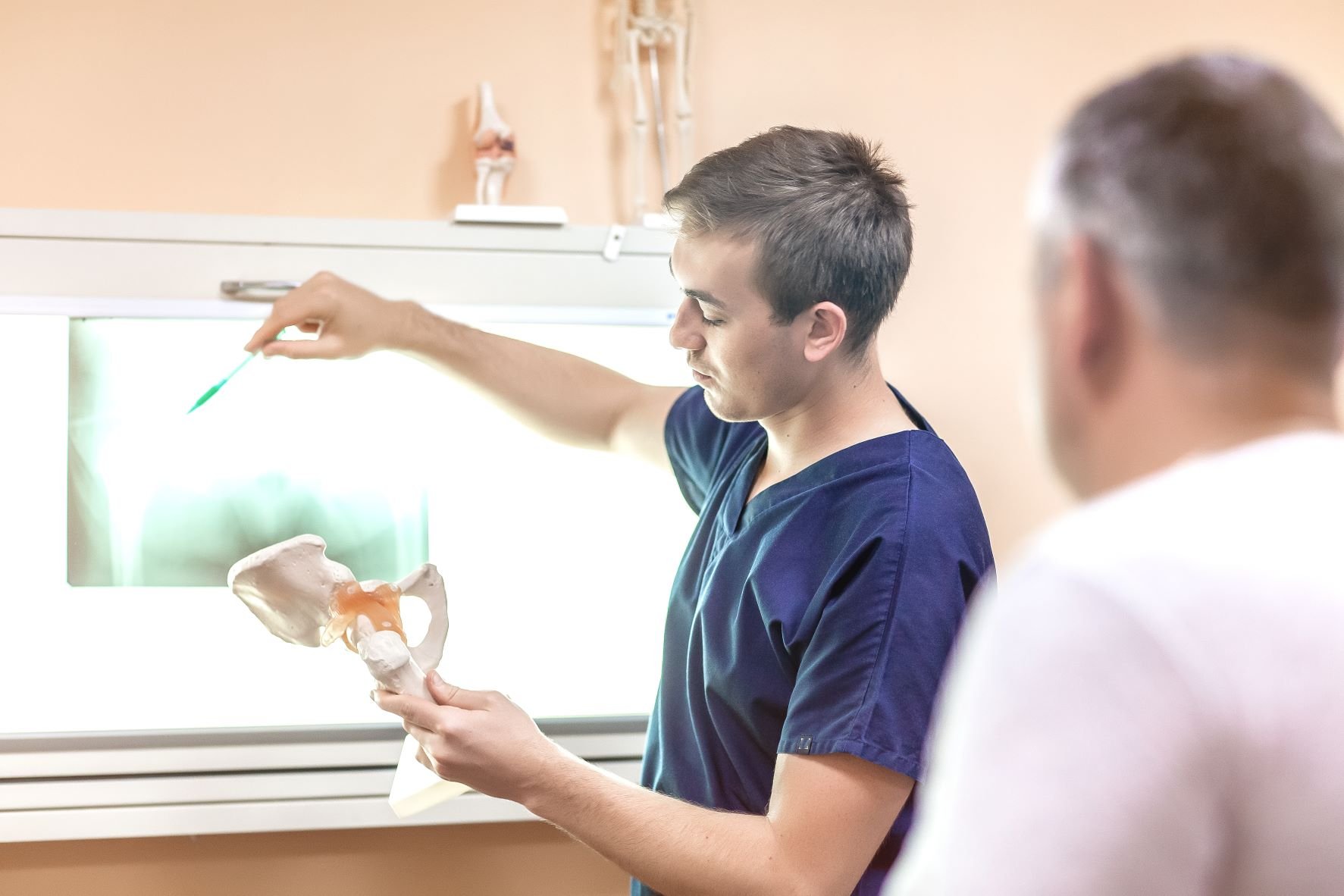Are You Experiencing Early Signs of Hip Arthritis?
Osteoarthritis of the hip is a degenerative joint disease that most commonly affects people over the age of 50. It occurs when joint cartilage — the tissue that cushions the ends of bones — breaks down over time.
Hip osteoarthritis is a progressive disease. What starts as mild pain or stiffness in the morning may eventually lead to more severe symptoms that can affect your mobility and quality of life.
But how do you know if your hip pain is the beginning of osteoarthritis? Let's explore the early symptoms to look out for and offer tips to slow the progression and manage the disease.
Early Signs of Hip Osteoarthritis
The first signs of hip osteoarthritis are usually pain and stiffness around the hip joint that is often worse in the morning or after exercise. Other symptoms that may gradually develop or worsen over time include:
Pain in the groin area, but can be felt in the outer thigh or upper buttocks
Increased pain and stiffness after activity or extended periods of rest
Grinding noise or grating sensation when moving the hip
Limited range of motion
Walking with a limp
Swelling or tenderness in the hip joint
Difficulty walking, climbing stairs, or performing everyday tasks
If you are experiencing any of these symptoms, it's time to see an orthopaedic specialist to rule out other hip conditions and get an accurate diagnosis.
Stages of Hip Osteoarthritis
The progression of hip osteoarthritis is broken down into four stages based on the amount of damage that has occurred.
Stage One - Minor
Most people in stage one have little to no pain or stiffness. At this stage, X-rays may show minor bone changes in and around the joint, but they will not show any significant damage.
Stage Two - Mild
At this stage, people may experience mild stiffness and joint pain, especially in the morning, after sitting for an extended time, or after a workout. X-ray images will show more visible signs of deterioration, such as narrowing between the joint space or bone spurs.
Stage Three - Moderate
Increased pain, stiffness, or swelling are likely at this stage, along with a reduced range of motion. X-rays will show apparent deterioration of the cartilage, severe narrowing of the joint space, and bone spurs that may continue to grow to compensate for the loss of cartilage.
Stage Four - Severe
At this stage, there is little to no cartilage remaining, meaning that the hip bones are rubbing against each other. Severe pain, inflammation, and stiffness may significantly impact your ability to walk or complete everyday tasks.
Treating Hip Osteoarthritis
Dr. Cafferky at The Steadman Clinic is a leading expert in hip osteoarthritis and total hip replacements.
No matter what stage you're in, he and his team will work with you to develop a treatment plan to help you manage pain and stiffness, maintain or improve mobility, and stay ahead of the progression.
Lifestyle Changes
Dr. Cafferky recommends these simple strategies to reduce stress on your hip joint, strengthen supportive muscles, and ease stiffness:
Maintain or reach a healthy weight
Get regular exercise
Incorporate weight training to keep the muscles that support your hips strong
Quit smoking
Nonsurgical and Surgical Options
Whenever possible, Dr. Cafferky will work with you to develop a conservative treatment plan. In addition to the lifestyle changes above, he may recommend:
Avoiding or modifying activities that aggravate your hip
Nonsteroidal anti-inflammatory drugs
Physical therapy
Steroid injections
Walking aids
If there comes a time when conservative measures no longer provide sufficient relief, or you're unable to complete everyday tasks or participate in the activities you love, Dr. Cafferky may recommend total hip replacement surgery as the best option to reclaim your active lifestyle.
Learn more about when it might be time for hip replacement surgery.
Hip Joint Pain? Contact Team Cafferky Today.
If you've been experiencing pain and stiffness in your hip joint and are concerned it’s osteoarthritis, contact Dr. Cafferky and his team at The Steadman Clinic today.
As the top orthopaedic hip specialist in Eagle and Summit County, Dr. Cafferky will tailor a treatment plan that fits your needs, meets your goals, and aligns with your active lifestyle.
Call (970) 476-1100 to schedule an appointment or request a consultation online.




